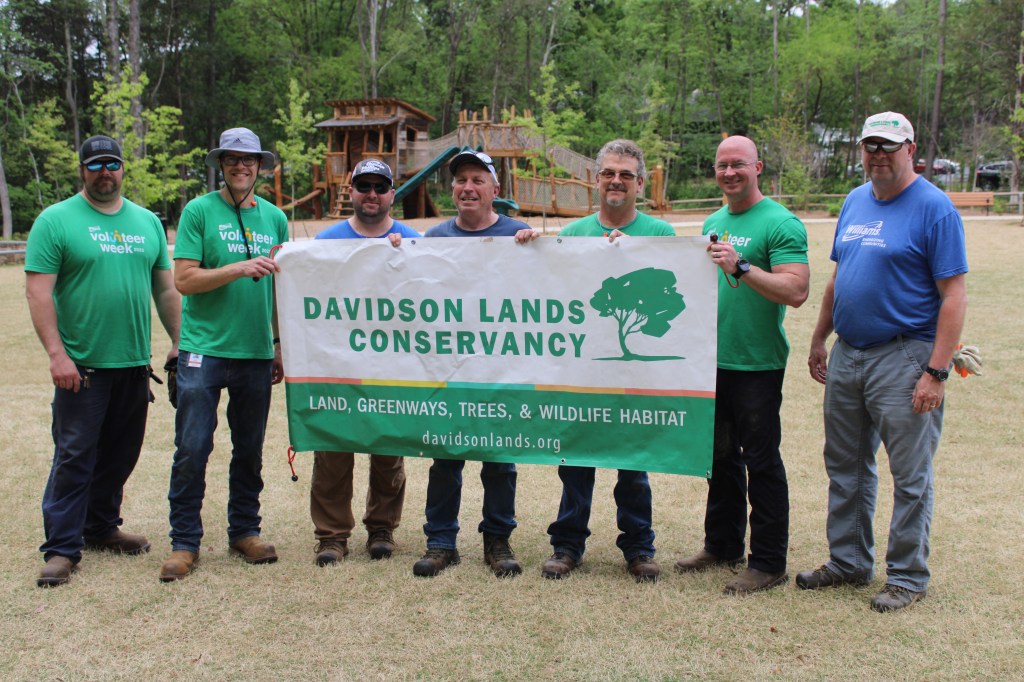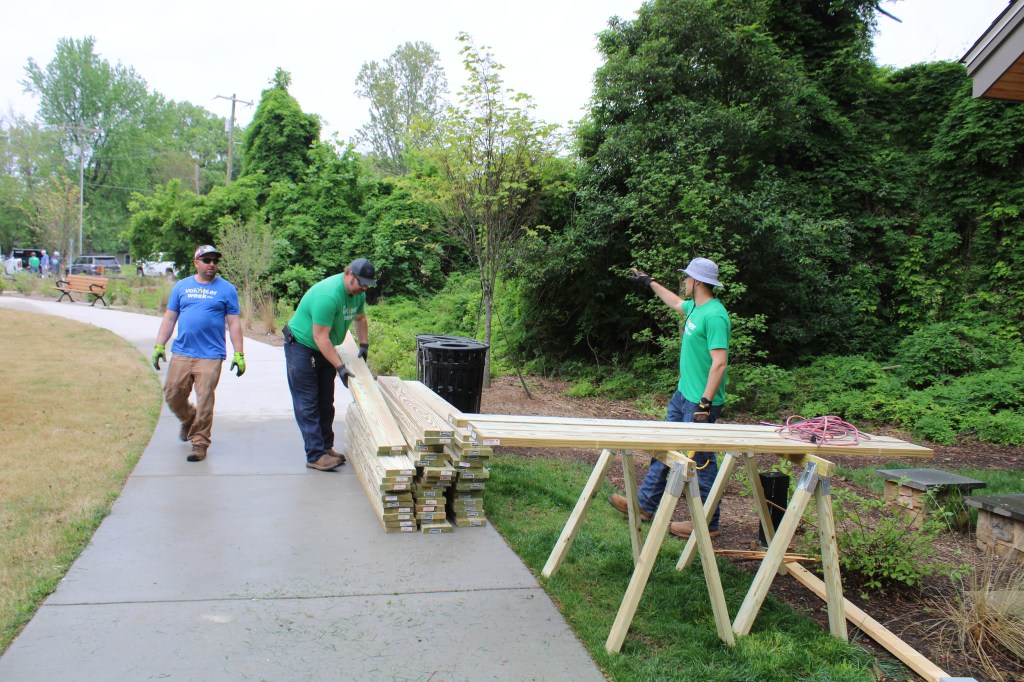Centuries ago, the land that is now Davidson, North Carolina, featured large, open prairies lush with native grasses and teaming with wildlife, including pollinators and herds of grazing bison.
But over time, farming practices, forest-clearing and the introduction of invasive plants disrupted the natural habitat’s ability to thrive, said Beth Wytiaz, executive director of Davidson Lands Conservancy.

With help from Williams, the conservancy is working to restore and protect hundreds of acres of habitat in the community, a suburb north of Charlotte. A recent Williams grant will help restore native grasslands, remove invasive plants, plant trees, enhance trails and add nature interpretive signage.
This effort is part of the Wildlife Enhancement Collaborative, a collective of scientists and conservationists working to improve the wildlife features of Fisher Farm Park and the adjacent Abersham Park, which total about 545 acres. Partners include Davidson College, the Town of Davidson, Mecklenburg County and the North Carolina Wildlife Resources Commission.
Implementation of a management plan will convert open fescue fields to native prairies, remove invasive plants, plant native trees, grasses and pollinator plants, and better manage the forested areas of the parks.
Wytiaz said the project aims to advance and demonstrate sustainable management practices for the land, restore a more natural landscape and increase ecological diversity, while modeling ecological stewardship for the public.
The biodiversity and habitat at Fisher Farm Park face threat from invasive species which outcompete natives and inhibit the growth of native forest, Wytiaz said.
“They ultimately take over and squeeze out all other species, which drastically effects wildlife and the ecosystem services of that natural space,” she said. “Eradication efforts will help other species thrive and bring back native plants that pollinators and wildlife need to survive.”
She said that because of Williams’ funding, the conservancy can expand restoration programs in months instead of years.

“Williams has helped head start some of these projects,” she said. “We are a small organization and are successful through partnerships and strong volunteer commitments like we have with Williams.”
Williams employee Chad Dlugoszewski said he treasures the nature areas near his home, where his family walks, runs, attends festivals and launches kayaks from Lake Davidson.
Dlugoszewski recently led a Williams Volunteer Week project at Beaty Park, another area conserved by Davidson Lands Conservancy.
“We were able to accomplish everything that we set out to,” he said. “We built benches, cleared debris from nature trails, cut logs for seating and placed tree identification signage throughout the trail.”
Williams has long been a community partner in the Davidson area, where the company operates a compressor station that transports gas to a local distribution company, supplying the region with clean, reliable energy. Davidson College also features a 200-acre preserve with running trails along our pipeline right of way.
